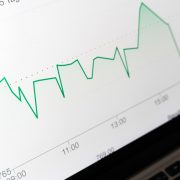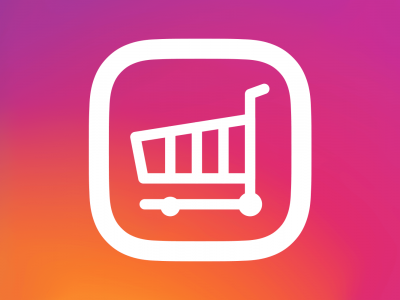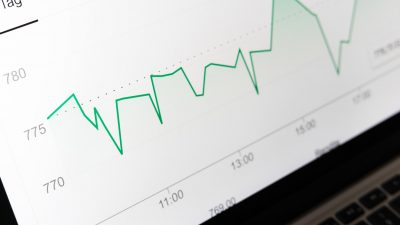People visit Facebook and Instagram to connect with their friends and family or brands they like. They spend more and more time on social networks. This also affects their shopping behavior. Many consumers use social media very frequently. It therefore makes sense for companies to also be active on the platforms that their customers already use anyway.
Facebook has over 2.5 billion active users per month, with mobile consumption on the rise. This makes the social network the largest of its kind – also in terms of the number of advertisers represented there.

Facebook actually presents itself to advertisers as an extremely exciting miracle weapon in remarketing. The following article provides an insight into the diverse possibilities offered by the network and how these go far beyond the re-targeting of website visitors.
What are Dynamic Ads and should I use them?
Dynamic ads lets you target two groups of people:

Recent visitors to your site or app & Broad audiences
1. Dynamic Product Ads for Recent Visitors
You can promote your products to people who have browsed products on your website. This is useful for retargeting people who have shown high intent to purchase specific products that you offer.
Retargeting has always been one of the most effective ways in online marketing to encourage potential customers who have already viewed products or at least visited the website to convert by addressing them again.
The concept of Facebook is in the first step identical to other retargeting measures: The visitor of the website is marked and tracked (in this case by the Facebook pixel) and can thus be addressed later by the advertiser on Facebook (or other websites) with suitable advertising and returned to the page. However, Facebook offers much more accurate and versatile retargeting options, which also work across devices.

The website visitor gets marked and tracked and suitable advertising will be shown to him later, so he can returned to the page.
Requirements for Retargeting
- Facebook Pixel:
You must have Facebook pixel embedded on your website and use standard events that capture which product IDs from your catalog are viewed, added to the shopping cart, and purchased. If you don’t know how to set up a pixel, help is offered at the end of the article. - Catalog:
For Dynamic Ads, you need a catalog. A catalog is a repository for information about items you want to promote or sell in Facebook apps. You can link your catalog to other channels like Instagram Shopping or Dynamic Ads, so that as many people as possible can see your items.
Example:
Jasper’s Boutique is an online retailer with hundreds of colors, sizes, and styles of clothing. Jasper’s Boutique uses the Facebook pixel on their website to find which product pages people visit and which items they add to their cart. Tim, a shopper, visits Jasper’s Boutique’s website on his desktop computer. He searches for blue t-shirts and finds one he likes. He adds the shirt to his cart, browses a few more items, but leaves the site without completing his purchase. The Facebook pixel captures the product pages Tim visited and item (the blue t-shirt) he added to his cart. Using dynamic ads, Jasper’s Boutique can deliver an ad in Tim’s Instagram feed that promotes relevant items, possibly including the same t-shirt he browsed earlier and complementary products like a pair of jeans. This is all done without the need for Jasper’s Boutique to manually upload new creative, update pricing, or confirm availability. After seeing the ad on Instagram, Tim clicks the Shop Now button to go to the product page on Jasper’s Boutique and makes the purchase. Because dynamic ads are served across devices, Tim could easily complete the purchase on his mobile device even though his original touchpoint was on a desktop.
Catching new customers with Lookalike Audiences
The focus should not only be on retargeting, but also on potential new customers. Many of the created website custom audiences are the ideal database to create so-called lookalikes (simply translated: digital twins). These are used to search for users on Facebook who are similar in behaviour to the people from the data source (in this case the website Custom Audience).

Lookalike Audiences are a quick and effective way to connect with more people who are likely to be interested in your advertising. All you need to do is create a source audience of people you already know. Your ads will then reach people with similar interests and characteristics.
You can use Lookalike Audiences to reach people who are similar to:
- Existing customers
- People who like your Facebook Page
- Visitors to your website
- People who engage with your mobile app
2. Dynamic Product Ads for Broad Audiences
As an online retailer, one of your challenges is finding people interested in your products. After you find them, you may want to show them products that are relevant to them.
With broad audience targeting, you can reach people who’ve expressed interest in your products (or products similar to yours), even if they haven’t visited your website yet. When you target a broad audience, people in this audience automatically see products from your catalog that are likely relevant to them.
Example:
Jill, who matches Jasper’s Boutique’s target audience profile, has been browsing shoes on multiple websites that use Facebook’s services and technologies; she’s also been engaging with shoe-related content on Facebook and Instagram. When Jill is on Facebook, a dynamic ad targeted to broad audiences from Jasper’s Boutique will show her shoes and related products from its catalog that she may be interested in (Dynamic Ads Broad Audience). Jill clicks the ad and starts browsing the Jasper’s Boutique site. She ends up adding a few items — a pair of shoes, a skirt, and a dress — to her cart, but doesn’t complete the purchase. Now, when Jill is on Facebook, she sees Jasper’s dynamic ads for retargeting, which can promote the items she added to her cart but didn’t purchase, as well as products that complement the items in her cart (Dynamic Ads Retargeting).
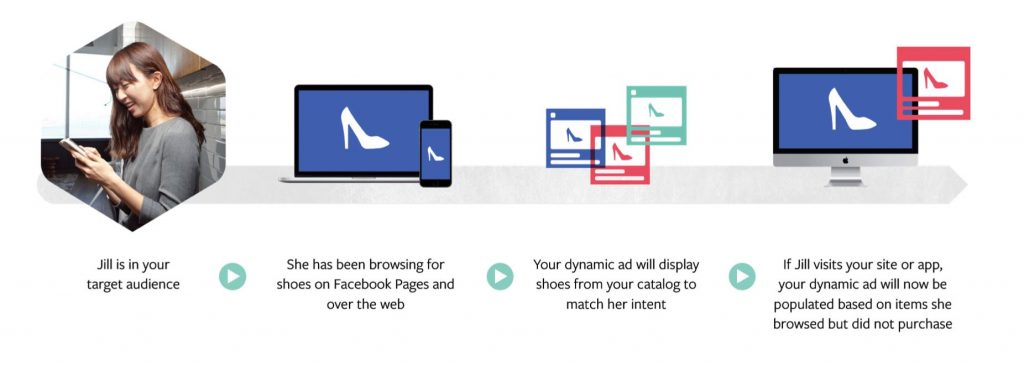
Dynamic Ads for Broad Audience takes the product catalog that you upload and leverages behavioral information about users to automatically determine which products should be featured in the ads they see in their feed. This is great for reaching customers quickly, efficiently, and at a greater scale.
Advertisers can now upload entire product catalogs to dynamically serve ads to users based on their interests, behaviors, and demographics, in addition to retargeting users who have viewed, added to cart, or purchased specific items. Dynamic Ads present an opportunity to expand your audience beyond the users that have already entered your conversion funnel by visiting, browsing, or purchasing products on your website. With DA you have the opportunity to find new customers in addition to your identified audience to promote targeted products to the customers most likely to be interested in them.
Benefits of Dynamic Ads
- Scale your campaigns
Advertise your entire inventory, without having to configure an ad for each product. - Deliver ads at the right time
Set up a dynamic ads campaign once to continually reach people with the right products at the right time. - Reach people across devices
Reach people with ads on any device they use. - Show relevant ads
Let Facebook identify and show the products a person is most likely to be interested in.
Dynamic Ads can probably be compared most closely to Google Shopping. Like shopping campaigns based on a product feed that is shared on Facebook. This allows you to easily feed catalogues of 3 to 300,000 products into the advertising system and make them available for advertising. The difference to Google Shopping is the targeting. Since Facebook is not a search engine that people use to find products and dealers, for example, it is not possible to bid on certain keywords and place advertising based on these.
Are facebook ads worth it?
As Facebook’s user base continues to grow, the larger the potential audiences advertisers can target based on demographics, personal interests, purchasing behavior, life events, and thousands of other criteria that can improve the ROAS of a Facebook advertising campaign.
Although advertisers have many elements to consider when launching a new online advertising campaign, from potential reach to ad creative, oftentimes it comes down to cold, hard numbers. Fortunately, Facebook is one of the most cost-effective advertising platforms available.
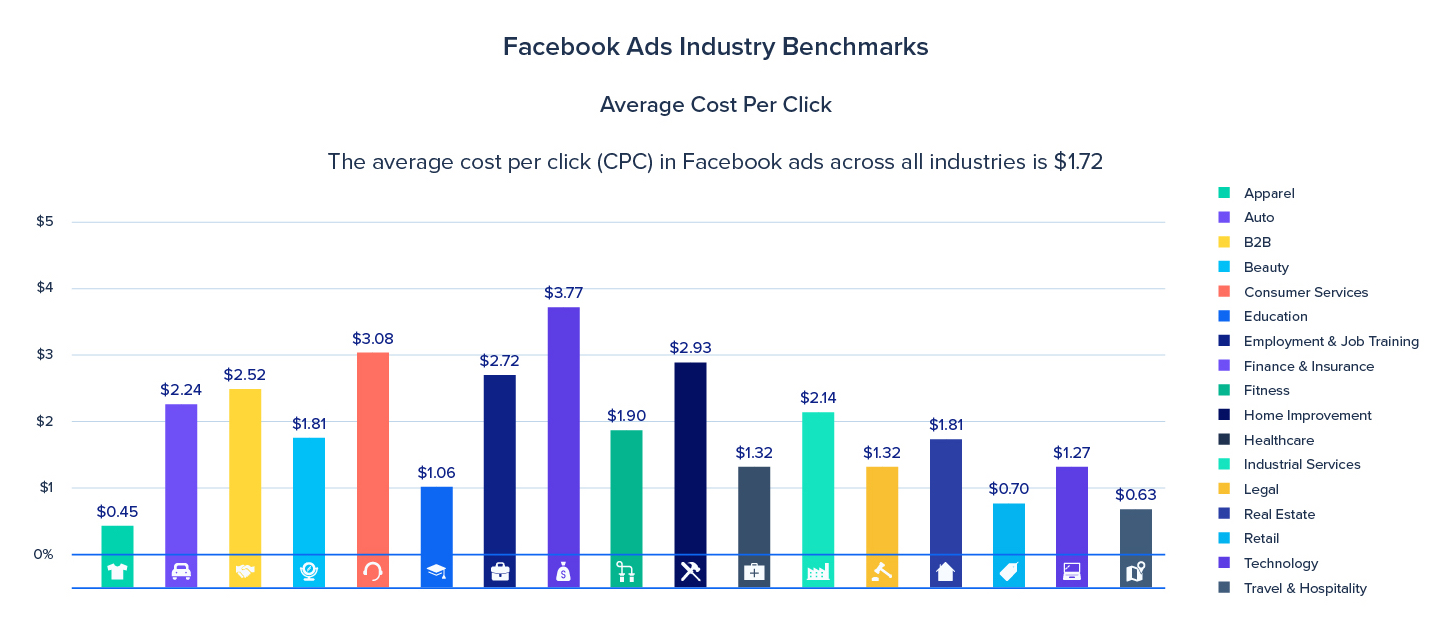
The average cost-per-click of Facebook ads is $1.72.
The figure below, based on Instapage data, shows that the average cost-per-click of Facebook ads is $1.72 – a remarkably low CPC considering how effective Facebook ads can be:
We now contrast this with the average conversion rate, which is 9.1%.
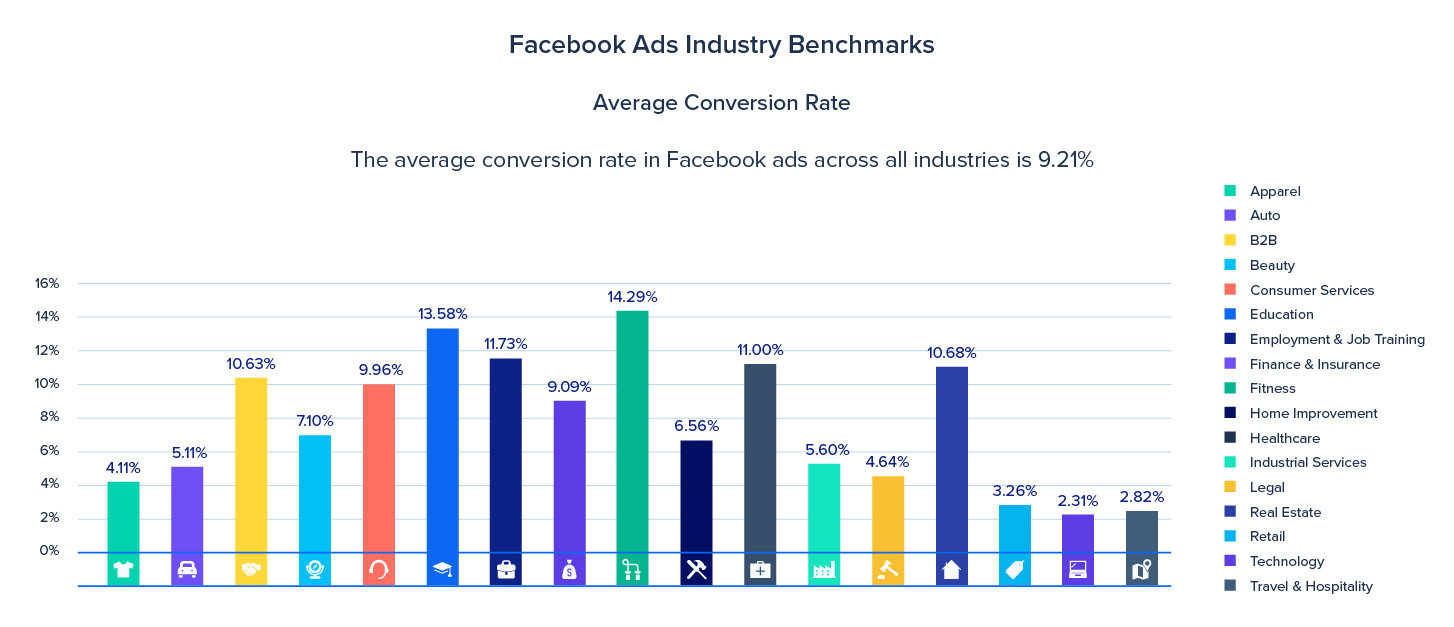
The average conversion rate of Facebook ads is 9.21%
Keep it simple… but effective
With emarketing, Facebook campaigns can easily be run parallel to Google campaigns, giving you the perfect overview in just one dashboard. emarketing automatically installs Facebook pixels and synchronizes the product catalog. The only thing you have to do is to decide between the campaign types: Retargeting, Retargeting + Lookalike and Dynamic Product Ads (Broad Audience).

In case that only certain products or specific product categories should be advertised, emarketing offers a simple solution: the Smart-Filter.

Configure your Smart Filters using various attributes and start your campaigns based on these. The filters offer many options for narrowing down the range, such as the best price. Therefore only best price products will be advertised. With emarketings automated Facebook Campaigns in combination with Smart-Filters you have maximum control with minimum effort.
Start your free trial now and convince yourself of emarketing! www.emarketing.com

